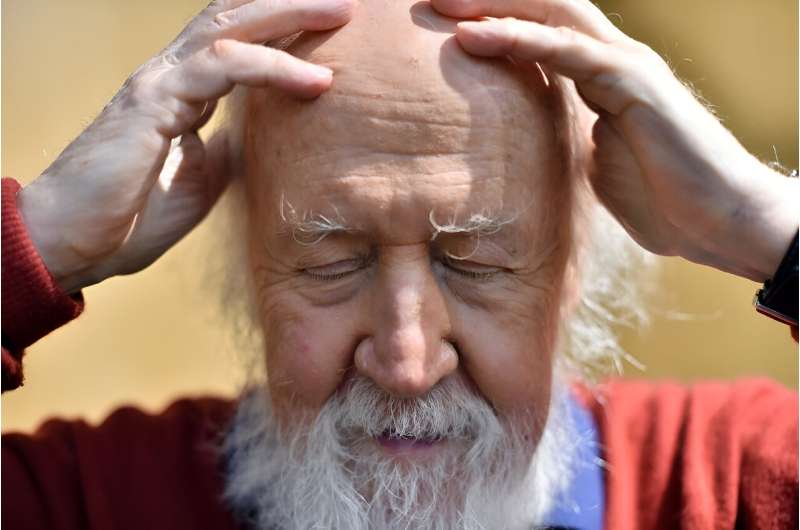New book imagines society based on animal rights
What are Animal Rights For? has been published by University of Leicester politics expert Dr Steve Cooke
Book AnnouncementIMAGE:
DR STEVE COOKE FROM THE UNIVERSITY OF LEICESTER’S SCHOOL OF HISTORY, POLITICS AND INTERNATIONAL RELATIONS.
view moreCREDIT: SOURCE: UNIVERSITY OF LEICESTER
What would a society based on animal rights look like? A new book by a University of Leicester politics expert explores how our laws and institutions might change if non-human animals had the same rights as humans.
What are Animal Rights For? by Dr Steve Cooke, Associate Professor of Political Theory at the University of Leicester, explains the nature, function, purpose, and limitations of animal rights, showing why they are needed and what society would look like if they were implemented. It forms part of the ‘What is it For?’ series from Bristol University Press, which seeks to be an agent for positive change, asking tough questions about purpose and fitness for purpose: what has to change for the future to be better? It publishes books from authors who are experts in their field and passionate about communicating to a wide readership.
The book will be launched at an event at Bookhaus in Bristol on 15 November as part of University Press Week 2023, in what will be its first ever non-US event.
The field of animal rights raises big questions about how humans treat the other animals with which we share the planet. These questions are becoming more pressing as livestock farming exerts an ever-greater toll on the planet and the animals themselves, and we learn more about their capacity to think and experience pain.
What are Animal Rights For? charts the intellectual history of animal rights, from as far back as ancient Greeks, through the Victorian era and 1970s and their impact on the modern animal rights movement. New research is examined that shows that animals we used to think incapable of suffering have much more complex mental lives than we realised. It also considers the prevalence of factory farming, with more than 70% of farmed animals raised in factory farms and more than 1100 mega-farms in Britain alone.
The book is aimed at both members of the public and students and scholars with an interest animal ethics.
Dr Steve Cooke from the University’s School of History, Politics and International Relations said: “Whilst the focus is on rights, I also devote space to explaining other ethical frameworks. This includes going beyond the idea of a just society for humans and animals to also consider what a good society would look like, from our personal relationships with our companion animals to the political institutions we would need to develop.
“The key message of the book is that the fact that nonhuman animals are able to suffer and feel like us means that they ought to be granted fundamental rights. These rights should offer legal protections against harms such as being killed or made to suffer. Existing welfare protections don’t go nearly far enough because they permit serious and systematic wrongful harms.
“One important, and perhaps surprising, conclusion is that the protection of nonhuman animal interests justifies much more stringent legal protections than we currently have. Typically, people tend to think that whether people eat meat or use animal products is a matter of choice or preference. However, if nonhuman animals have rights, as the book argues, then how we treat them should not be a matter of individual choice. Rather, their interests ought to receive constitutional protections in the same way as human rights are protected.”
- What are Animal Rights For? by Dr Steve Cooke is published by Bristol University Press. It will be launched at an event at Bookhaus 4 Rope Walk, Bristol BS1 6ZJ on 15 November, more information: https://www.bookhausbristol.com/product/what-are-animal-rights-for-launch-with-steve-cooke-wed-15th-nov-6-8pm/












